Archive
Monthly Archives: October 2018
Monthly Archives: October 2018
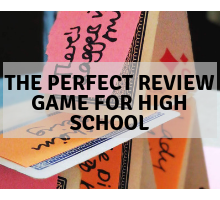
This review game is perfect to help your students demonstrate their learning for any literature text. You can use it while reading a text or after reading to have your students prove their learning.
In this blog post, I’ll show you:
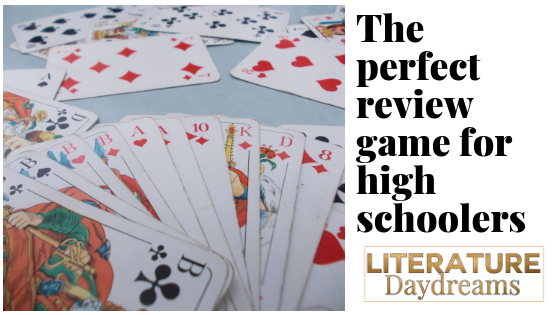
The basic idea is that students build a card tower. The catch is that each card on their card tower has to demonstrate their knowledge of the ideas, characters, and the plot of a text.
It would be too simple to build a card tower with just information on it. Nope – that’s not enough for us. Here’s what the key to the challenge is: Each card has a sticky note with information on it. But each sticky note has to link to every other sticky that it touches in the tower.
In the image below, each card in lower zigzag pattern touches. The cards that touch either at the top of the V or at the bottom of the V have to have information on that connects.
So the sticky that we can see on the lower level states “Macbeth does not experience guilt”. This means that the card propped up against it must link to that idea. Perhaps with a quotation that proves this, or a reference to an event that links to this idea.
Even more challenging – the cards that make the horizontal support across the lower level also have to contain facts and information that link the ideas on the cards!

The overwhelming benefit of this game is that students have to think and think hard about all the ideas they wish to demonstrate before they try and construct their card tower. The tower itself becomes secondary to their knowledge and learning.
As this is a literature review game. So your students will need to know about your text. It is essentially a 3D game of dominoes. Here are the instructions I give to my students:
The first time I use this review game, students get all caught up with what is and isn’t allowed. So I give them this example. Here’s is what a sticky notes series might look like from Macbeth Act 1, Sc 1:
Plot – Macbeth fights bravely against rebels trying to overthrow King Duncan –
which links to – Character – Macbeth is shown to be bloodthirsty and violent from the outset – which links to – Theme – The theme of rebellion is introduced as Macbeth is given the rebel’s thaneship – which links to…plot! But this time because the theme is rebellion – you could include anything from the plot on rebellion!
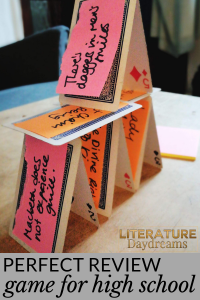
[social_warfare]
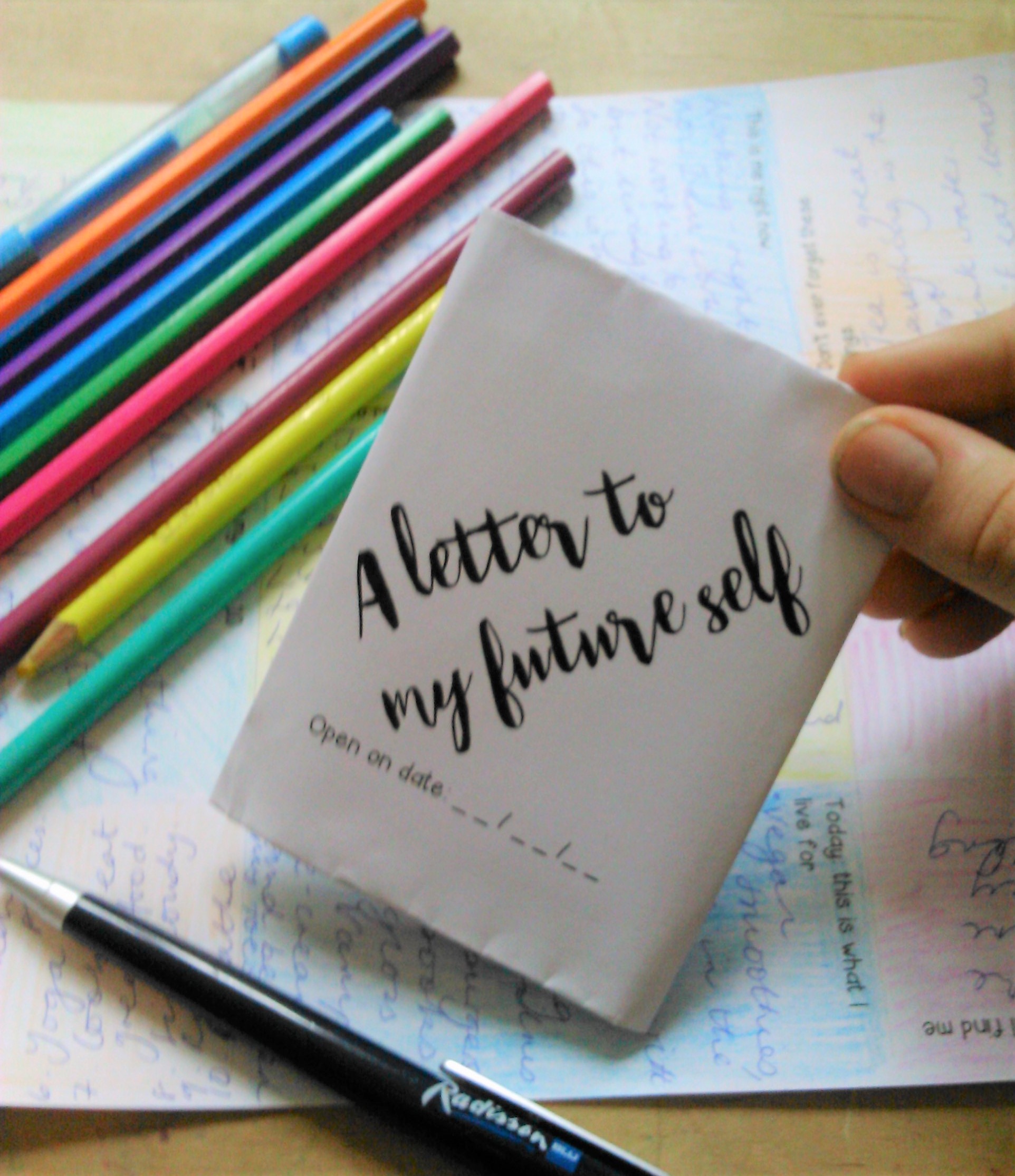
Sign up below to receive regular emails from me jammed packed with ELA teaching tips, tricks and free resources. Also access my free resource library!

If you are looking to liven up your creative writing teaching or your students need some fresh ideas to improve and develop their creative writing in class – then this blog post is for you!
Below are 5 of my favourite ways to mix things up a little when I am teaching creative writing!

These writing prompts focus on s-l-o-w writing. Slow writing is the opposite of a quick write. The idea is to write slowly, precisely, carefully, selecting each word intentionally. Slow writing can take 5 minutes with one sentence and 30 minutes with a paragraph.
This writing task is all about describing the same setting at three different points during the day. You can use different settings, for example, I sometimes use the grounds at my school.
I use these 3 prompts in different ways. Sometimes I do gradual writing with students and they write each one, in turn, changing – shaping – adapting their own funfair as the day passes.
Another way is to put your students into triad groups and have them write one each. They can then share and improve based on the best bits of each other’s writing.
I love to use open lines as a writing activity with my classes because it always amazes me where students will go with the same opening. You could give them one line and end up with 30 completely unconnected stories.
Below are the 3 opening lines that I found to create an excellent and diverse range of stories:
I started teaching Khaled Hosseini’s A Thousand Splendid Suns this week and it is a joy, an absolute joy to get stuck into such a beautiful piece of writing.
Re-reading the opening, I am always reminded of how much our landscapes shape who we are. Let me transport you for a moment. If you don’t know the novel, a shunned woman and her illegitimate daughter are sent to live in a shack isolated in the countryside of Afghanistan.
Here is Hosseini’s description: It was on the outskirts of Gul Daman. To get to it, one took a rutted, uphill dirt track that branched off the main road between Herat and Gul Duman. The track was flanked on either side by knee-high grass and speckles of white and bright yellow flowers. The track snaked uphill and led to a flat field where poplars and cottonwoods soared and wild bushes grew in clusters.
I love how Hosseini highlights their isolation, the mother’s ‘off track’ actions, the ‘uphill’ life they lead, and a hundred other details in his description.
It would make a great mentor text example for a piece of descriptive writing. For example: create a description of the landscape of where you live, the nature rather than the buildings. BUT as you describe it, give the details in the landscape significance to show something about your own life experience.
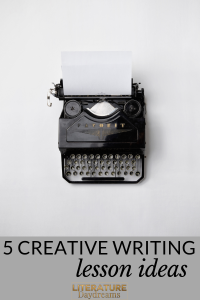

*I send emails with teaching tips, tricks, and free resources to my subscribers regularly. I value your privacy and you can learn more about how I handle your data in our private policy. You can unsubscribe at any time.

Do your students just l-o-v-e writing spooky stories? My students cannot get enough of creative writing around this time of year. But if I’m honest, real talk here, some of their story ideas can be a little bit immature, a little bit samey. Sometimes I feel like they are doing their own versions of some of ‘those’ films. Does this happen in your classroom?
Today, I am going to let you in on my strategy for pushing students towards originality in their own writing. *Yes! Happy Dance!* The strategy: don’t use story prompts; use story starters.
A story prompt sets up a premise for a narrative. Generally a prompt sets up who the main character is and what the setting is, it might also prompt the key event. It would read something like “a student is walking home late at night, they become afraid”. You can see how 30+ really different students, might come up with 30+ really similar ideas with this prompt. You can imagine it now can’t you? The student hears noises, they look behind them and see nothing, they run, something / someone grabs them… it turns out to be a) an axe murderer, b) one of the parents, or c) a friend.
But a story starter. That’s different. A story starter provides the first line or couple of lines of a story. Something like “The phone rang. The door slammed.” You can see already that this story starter doesn’t provide the writer with any information, or least only a teeny bit. Enough to get the brain whirring. But not so much that it confines writers in the space of predictability.
This week I shared with my subscriber list “20 story starters” that are perfect for Halloween. Today I am going to share 10 with you right here!
Love them? Me too. I surely hope you can use them in your classroom. As part of your daily writing, or perhaps as part of your creative writing unit, or as a Halloween special.
If you think these writing prompts are JUST what you need, then this is for you. To save you time, to help claim back a tiny bit of ‘your life’ I have created 20 pages of Halloween story starters and 20 pages of writing instruction that is ready to print and go!
This ready-to-go resource contains 40 pages of Halloween writing activities. The story starters are totally fresh and new. No repeats. Each page is beautifully designed. In addition to these new story starters, each one comes with a page of planning, techniques and new vocabulary to help your students nail their spooky stories! This resource is available both as a >>>paper version<<< and as a >>>Google Drive digital edition<<<.

*I send emails with teaching tips, tricks, and free resources to my subscribers regularly. I value your privacy and you can learn more about how I handle your data in our private policy. You can unsubscribe at any time.

*I send emails with teaching tips, tricks, and free resources to my subscribers regularly. I value your privacy and you can learn more about how I handle your data in our private policy. You can unsubscribe at any time.